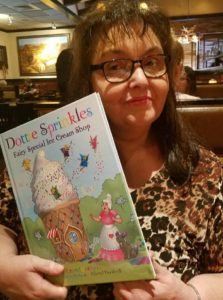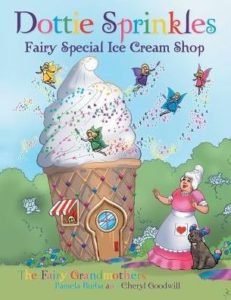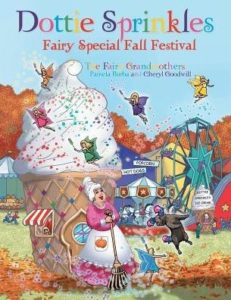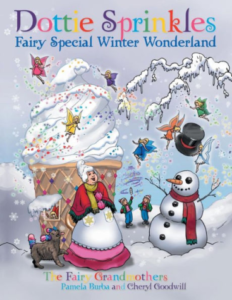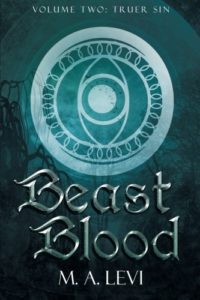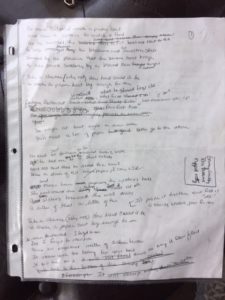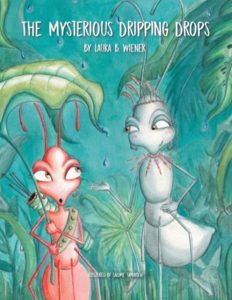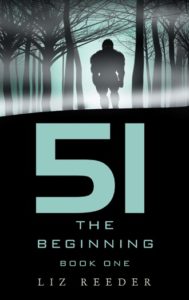By Pamela Burba
Every author dreams of writing the next cherished treasure like The Wonderful Wizard of Oz. But where do you start?
“It’s always best to start at the beginning. And all you do is follow the Yellow Brick Road.”
– Glinda the Good Witch of Oz
Is there something keeping you from getting started? Did Dorothy let the Wicked Witch of Oz stop her from taking that first step?
Glinda the Good Witch of Oz was the first of many to encourage her to get on her path and stay on it no matter what. I’d love to encourage you to take that first step! So grab those ruby slippers and join me as I take you on my fairy special journey.
My sister Cheryl and I loved when our Mother read us fairy tales as children. We always dreamed of creating a fairy tale that not only teaches children in a fun way but also lets the story continue from book to book. All we needed was…an idea for a fairy tale.
Sometimes your story may be right under your nose.
As it turns out, our idea was sitting there right in front of us all our lives. We just didn’t realize it until our cherished mother Dottie passed away at the age of ninety five.
Our mother told us sweet story she over and over our entire lives. It involved me as a four-year-old trying to buy an ice cream cone with a penny I’d found.
We were sitting around reminiscing about this story, and suddenly we realized THAT was our book idea. From a sweet simple story came the perfect idea for our fairy tale! Hooray, our feet were finally on that yellow brick road!
Ice Cream and Sprinkles and Fairies! Oh my!
–Pamela Burba
If I could give one piece of advice it would be to have fun while you are creating your story. Just take your time and enjoy the journey! Much like Dorothy, our journey is full of wonderful stories that happened along the way that we will treasure forever.
Once the Dottie Sprinkles character was created, the story began to fall into place Children would visit Dottie’s Fairy Special Ice Cream Shop and soon learn it was run by ice cream fairies. Dottie would teach gentle lessons to the children of Ferry Harbor. The love for our Mother just poured into the story.
And so Dottie Sprinkles Fairy Special Ice Cream Shop was born.
“In all this world there is nothing so beautiful as a happy child.”
– L. Frank Baum
It helps to know your goal. Ours was to bring happiness to children by creating a magical way for them to learn gentle lessons. And just by reminiscing—brainstorming—we were able to find our idea, and the stories just poured out of us.
Just like Dorothy kept her goal of getting home in front of her it helped us to never give up!
“Oh, look! There’s the Emerald City! Oh, we’re almost there at last!”
– Dorothy Gale
How exciting to reach the final step on the yellow brick road and reflect on what you hoped to accomplish when you started.
For us it is our hope that children will cherish Dottie Sprinkles long after The Fairy Grandmothers have clicked the heels of their ruby shoes and headed home.

